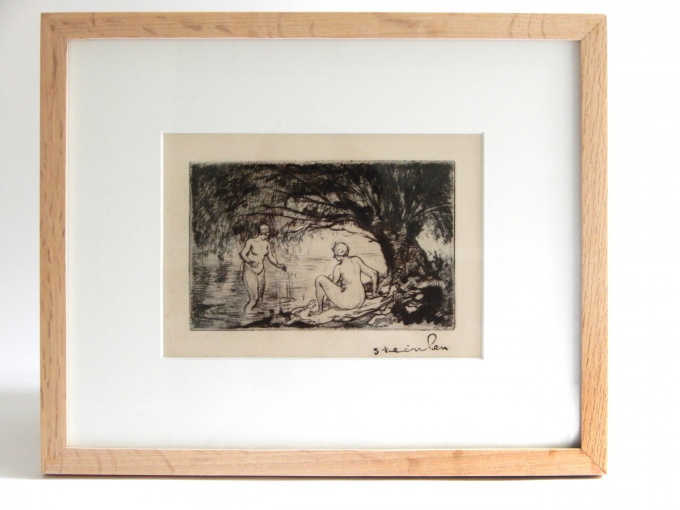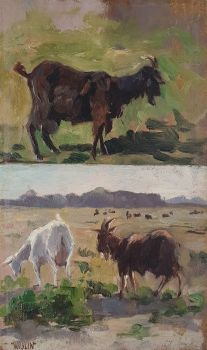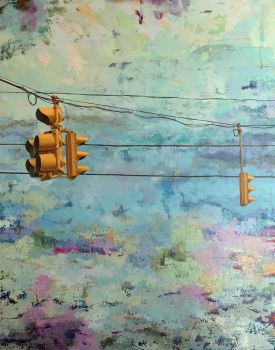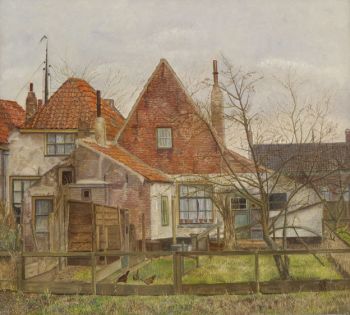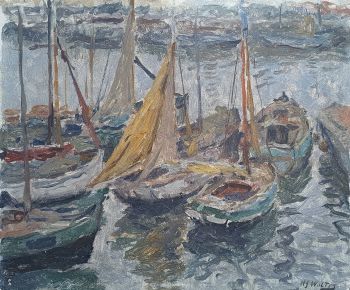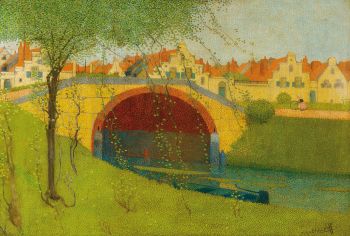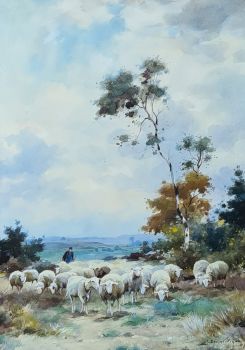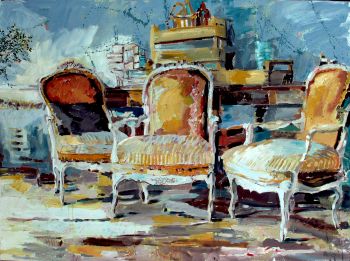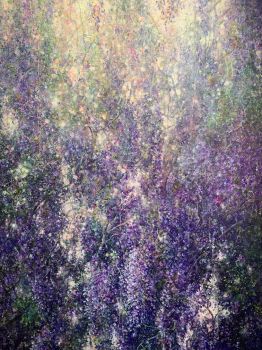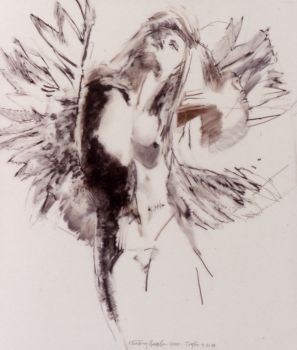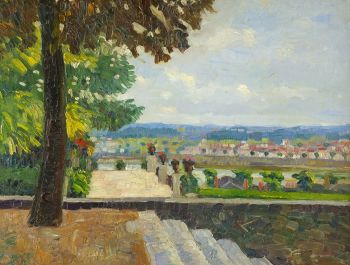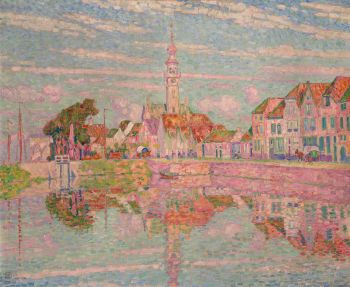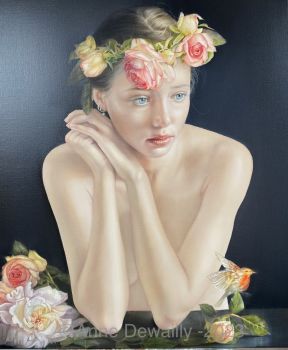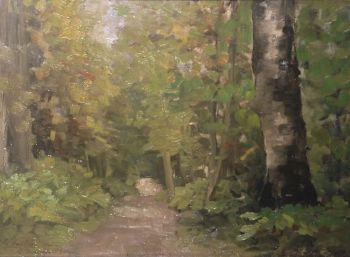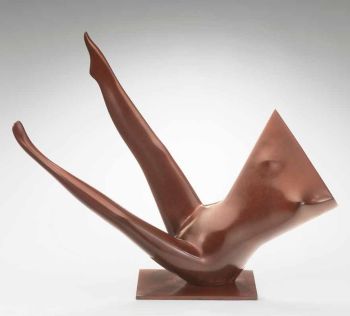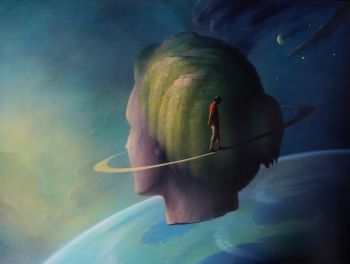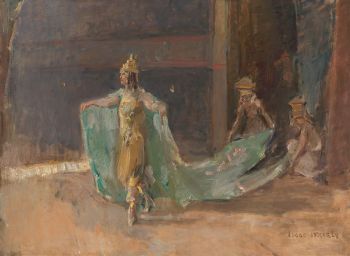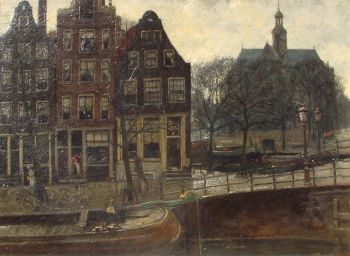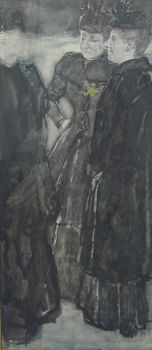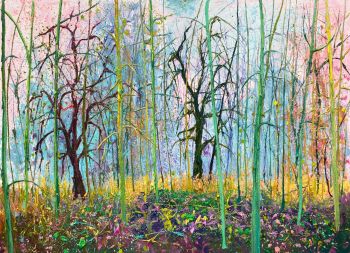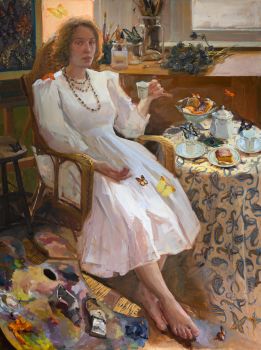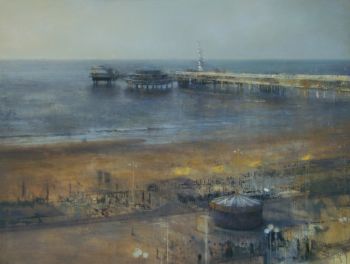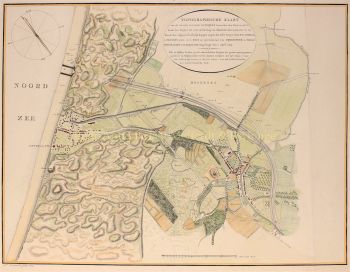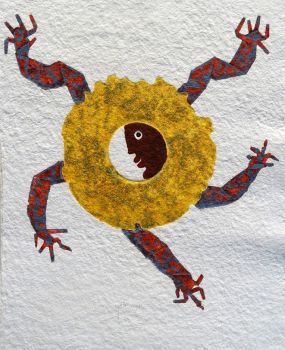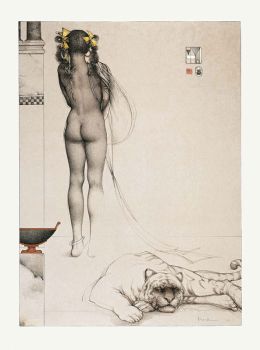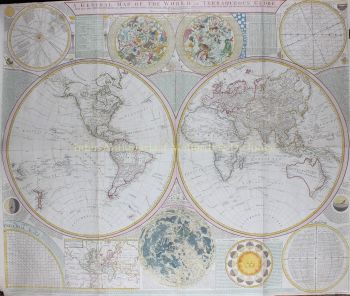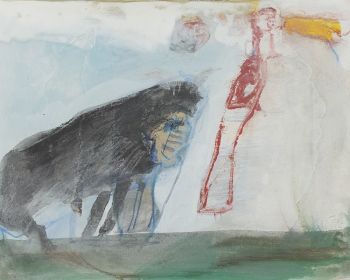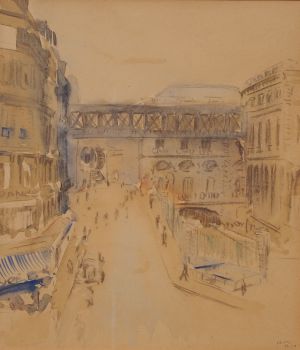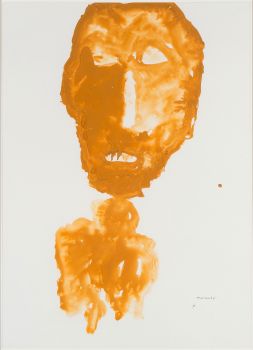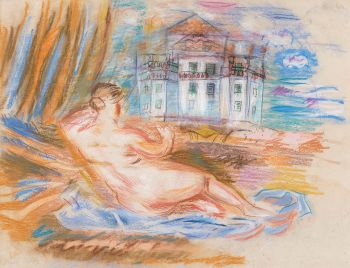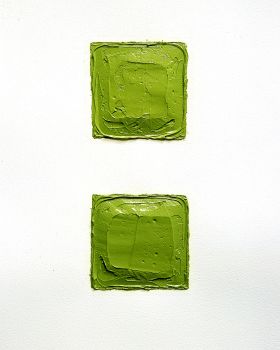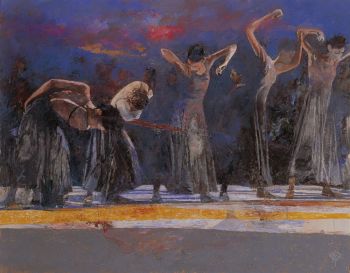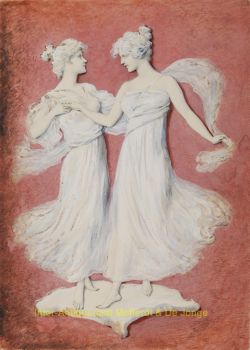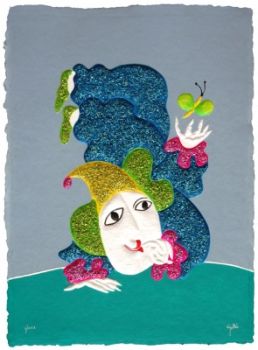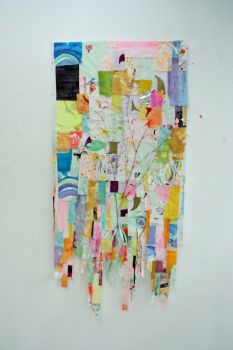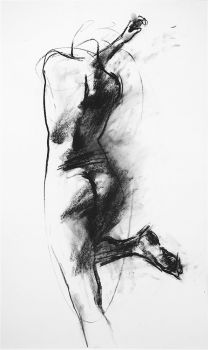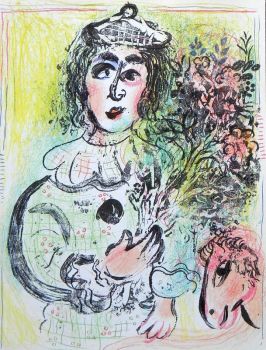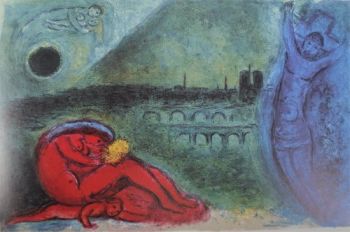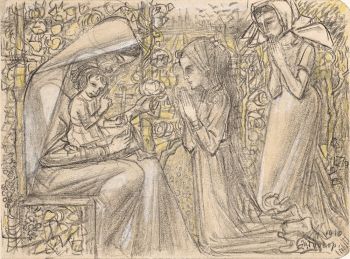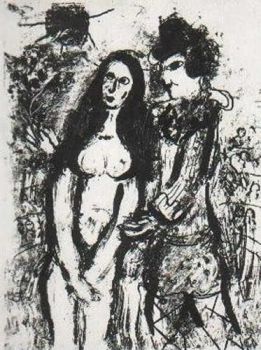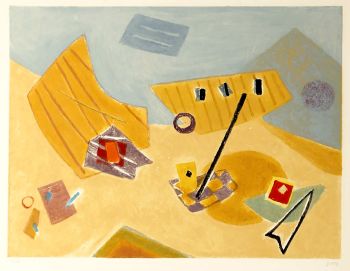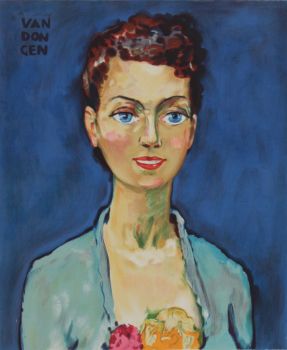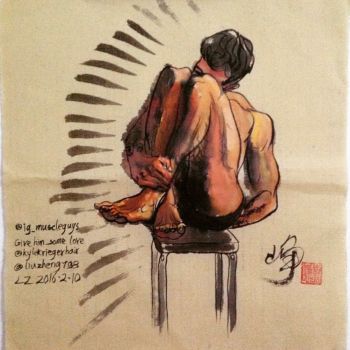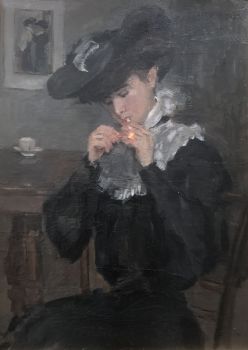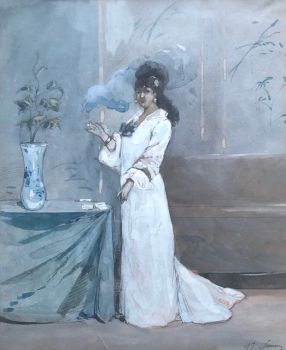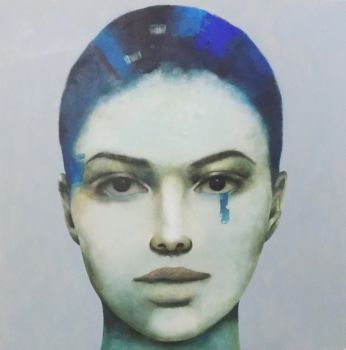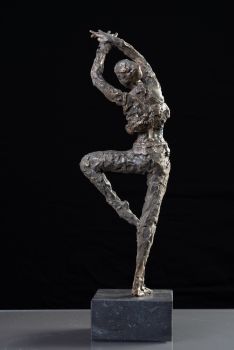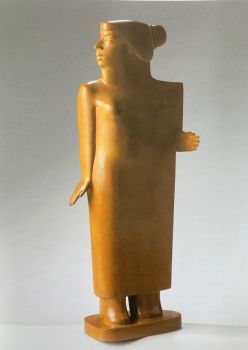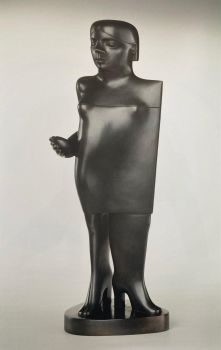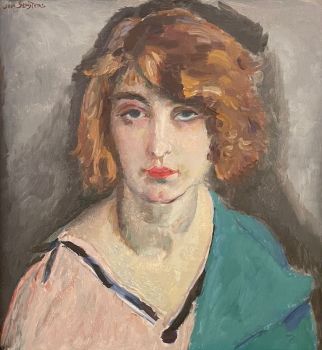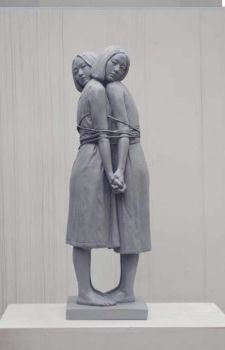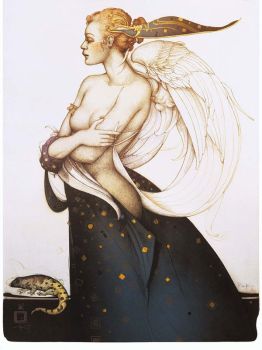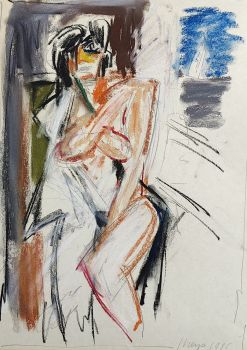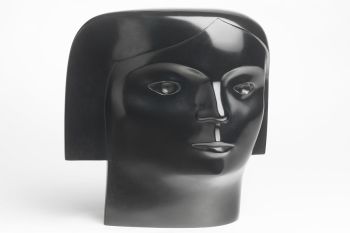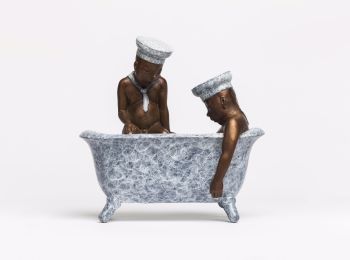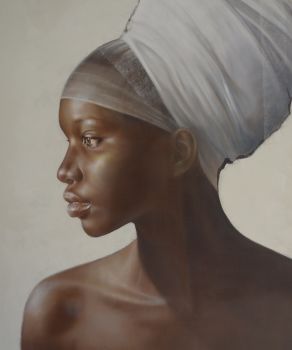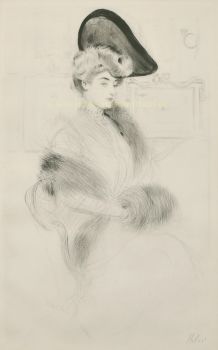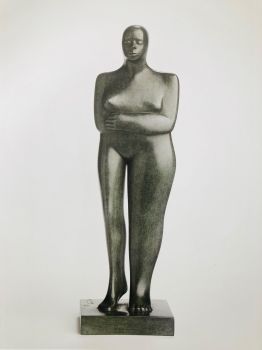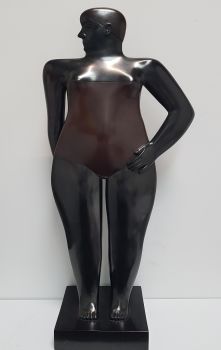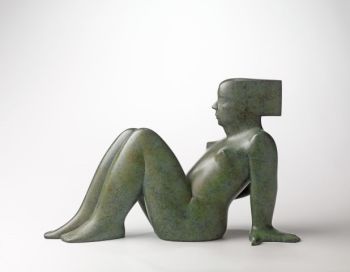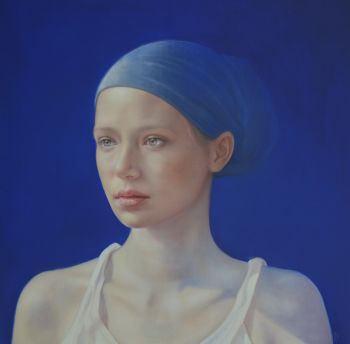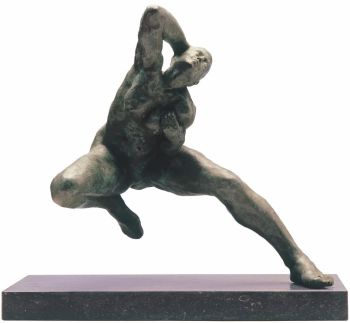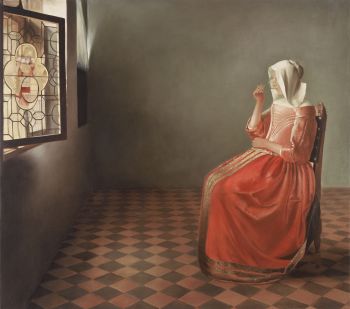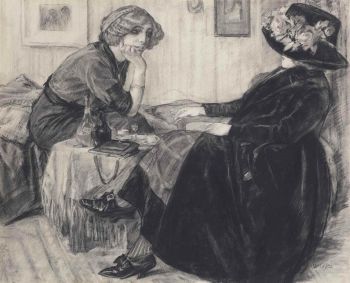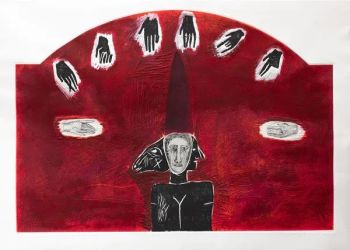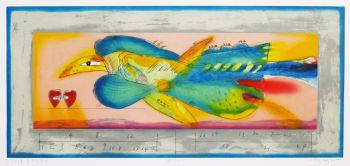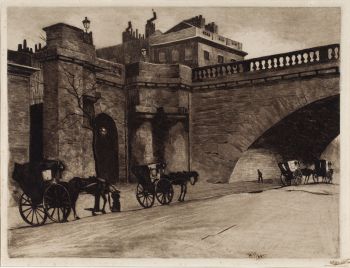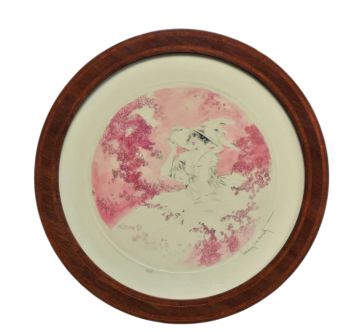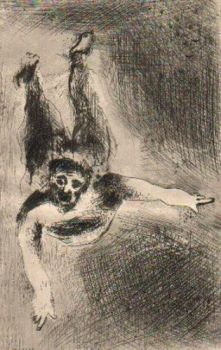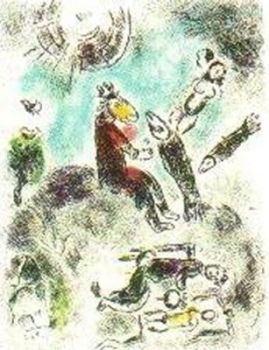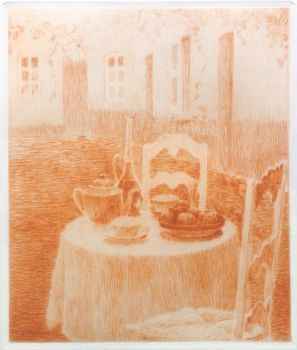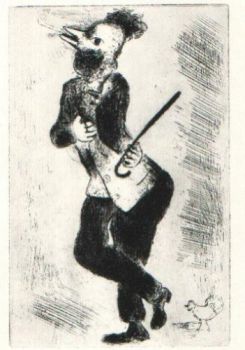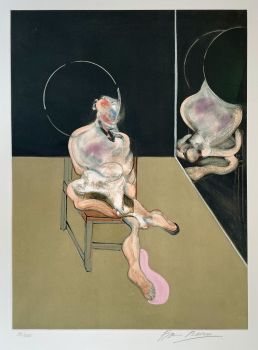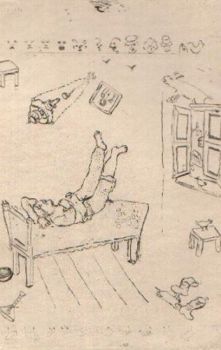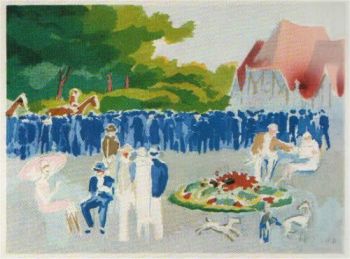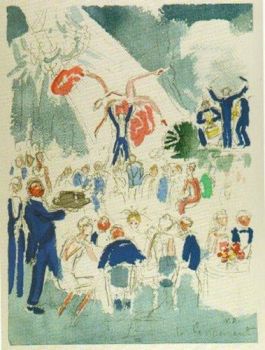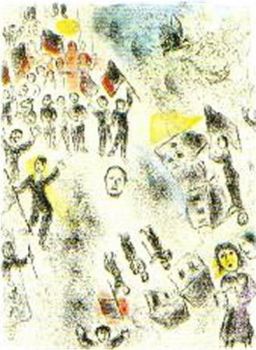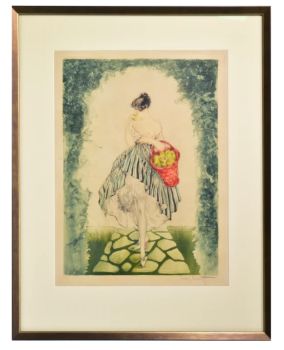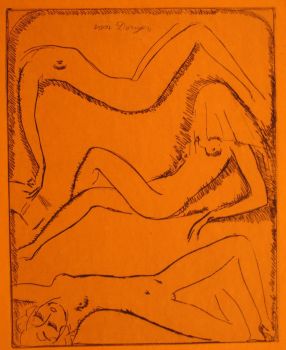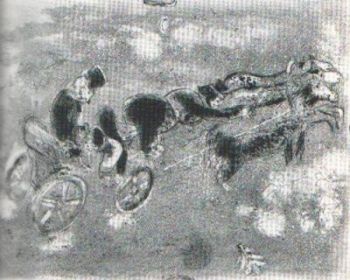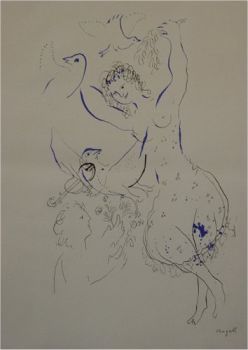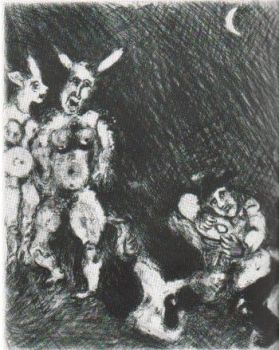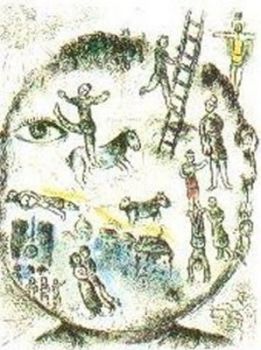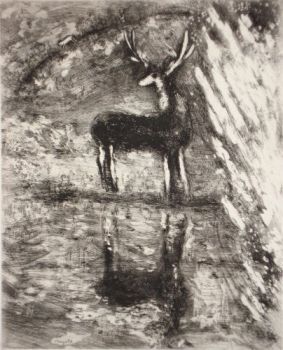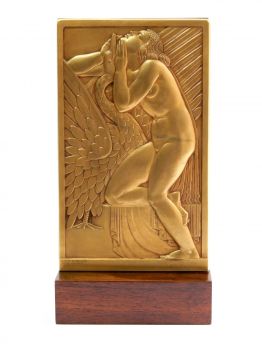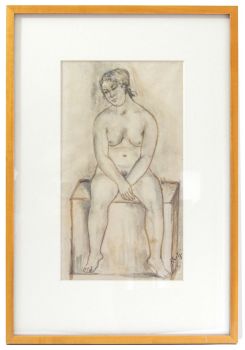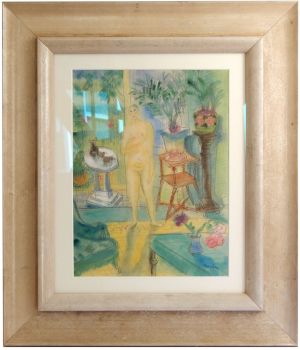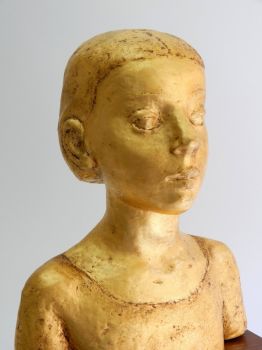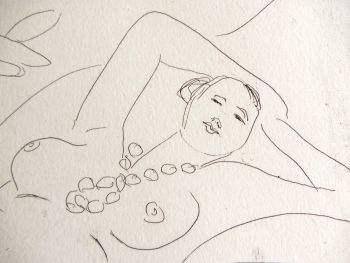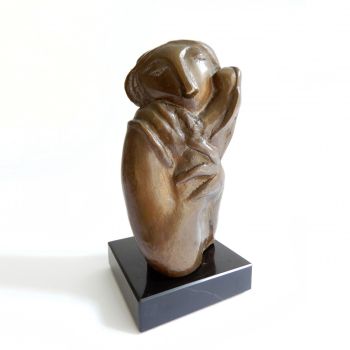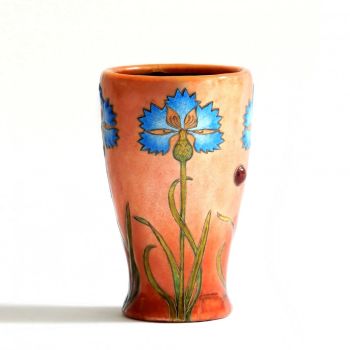"Deux baigneuses" - etching (eau forte) 1890 - 1910
Théophile Alexandre Steinlen
EtchingPrint
15 ⨯ 9 cm
ConditionVery good
Currently unavailable via Gallerease
Dille Art
- About the artworkAn original etching (eau-forte) of two bathing ladies.
A nice scene, which Steinlen has etched here, using the eau-forte etching technique. By also painting with acids on the etching plate, the etching got a looser touch and added an extra dimension to the etching.
The Impressionists in particular made extensive use of this. Much of Steinlen's work is seen as impressionistic.
Dimensions:
Etching:
Length: 9.5cm (3.74")
Width: 15cm (5.91")
Framed:
Length: 15.7cm (6.18")
Width: 24.9cm (9.8")
Deze eau-forte ets is de derde gang van vier en is gedrukt op Vélin papier.
Gestempelde signatuur: 'Steinlen'. - About the artistThéophile Alexandre Steinlen was born on the 10th of November in 1859.
Born in Switzerland, he became famous as a French Art Nouveau painter and printmaker.
Born in Lausanne, Steinlen studied at the University of Lausanne before taking a job as a designer trainee at a textile mill in Mulhouse in eastern France. In his early twenties he was still developing his skills as a painter when he and his new wife were encouraged by the painter François Bocion to move to the artistic community in the Montmartre Quarter of Paris. Once there, Steinlen was befriended by the painter Adolphe Willette who introduced him to the artistic crowd at Le Chat Noir that led to his commissions to do poster art for the cabaret owner/entertainer, Aristide Bruant and other commercial enterprises.
In the early 1890s, Steinlen's paintings of rural landscapes, flowers, and nudes were being shown at the Salon des Indépendants. His 1895 lithograph titled Les Chanteurs des Rues was the frontispiece to a work entitled Chansons de Montmartre published by Éditions Flammarion with sixteen original lithographs that illustrated the Belle Epoque songs of Paul Delmet. His permanent home, Montmartre and its environs, was a favorite subject throughout Steinlen's life and he usually painted scenes of some of the harsher aspects of life in the area. In addition to paintings and drawings, he also did sculpture on a limited basis, mostly figures of cats that he had great affection for as seen in many of his paintings.
Steinlen became a regular contributor to Le Rire and Gil Blas magazines plus various other publications including L'Assiette au Beurre and Les Humouristes, a short-lived magazine he and a dozen other artists jointly founded in 1911. Between 1883 and 1920, he produced hundreds of illustrations, a number of which were done under a pseudonym so as to avoid political problems because of their harsh criticisms of societal ills.
Théophile Steinlen died in 1923 in Paris and was buried in the Cimetière Saint-Vincent in Montmartre.
Are you interested in buying this artwork?
Artwork details
Category
Subject
Style
Material & Technique
Colour
Related artworks
Tjitske Geertruida Maria van Hettinga Tromp
ACHTER HET HUIS1872 - 1962
Price on requestGalerie Het Noorderlicht
Adrianus Johannes Groenewegen
Schaapsherder met kudde1874 - 1963
Price on requestGalerie Het Noorderlicht
 Curated by
Curated byDanny Bree
1 - 4 / 24Bob Buys
Paris, Gare de L'Est, Passerelle de la Rue d'Alsace1940 - 1950
Price on requestAdelwein Kunst
1 - 4 / 24- 1 - 4 / 24
Willem Witsen
Waiting carriages in front of Waterloo Bridge1850 - 1900
Price on requestKunsthandel Pygmalion
1 - 4 / 24- 1 - 4 / 12

